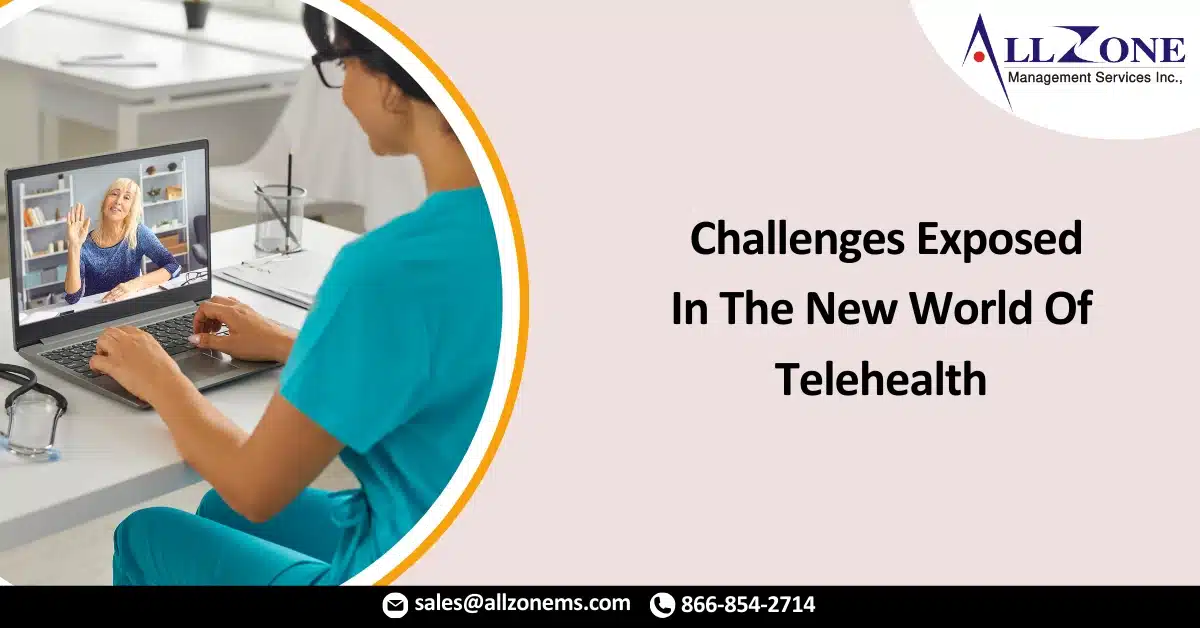The rapid rise of telemedicine in response to the COVID-19 outbreak has been critical for getting at-risk patients the care they need. In fact, many state governments are working to expand telehealth within their Medicaid programs, while also easing restrictions to allow for faster implementation.
And there is evidence that this trend will not be reversed anytime soon.
This is increasingly vital considering patients have become much more cautious of in-person visits in the wake of the global pandemic. Visits to primary care doctors were down by as much as 60% in early April, and while momentum has started to shift, overall visits are still down by almost 20% when compared to typical levels.
This is concerning because it’s not as if chronic conditions have tapered off — people still need care to help manage their health. And the threat here is significant. Patients have delayed the care they need due to fear of the coronavirus, in some cases leading to death.
While promising, the acceleration of telehealth has come with some speed bumps that have been revealed with the rapid move to video conferencing and telephone-based appointments.
The issues generally fall into three categories:
- Access. Video conferencing isn’t an option for everyone. Internet access is an issue for various populations across the U.S. For example, more than a quarter of people age 65 and older say they don’t use the internet, while 21% of rural Americans say access to high-speed internet is an issue. In addition, some populations might be impeded by mobile data costs. Patient needs vary on a case-by-case basis, and there isn’t an all-encompassing way to meet these needs equally.
To combat this, providers should include traditional phone calls and text messaging as a way to deliver telehealth services and healthcare education. A full 96% of U.S. adults own a cellphone of some kind, and it’s safe to say that the bulk of those who don’t own a cell phone either have access to one via a family member, or have a traditional landline. And it is often easier or preferred to have a text-based conversation as opposed to waiting for a doctor to appear on-screen, which could be 20-plus minutes from the time a patient logs on.
- Recall. With telehealth, at-home distractions can be an issue. When patients speak with doctors from their own homes, there are a number of factors that may impede care. It could be that the patient’s dog is barking uncontrollably, the TV is too loud, or children need attention. Simply put, the environment is much different than an in-person appointment at a clinic where it is much easier for patients to focus.
Distractions can negatively impact how well patients comprehend and follow the information and advice that they are given.
It was already difficult for patients to remember everything that was covered with their providers during a visit, and telehealth can make it even worse. This creates a need for a system in which physicians can quickly and accurately summarize key takeaways for patients.
- Coordination. In this unique time of isolation, it’s difficult for friends or family to help interpret medical information. Patients, particularly seniors, often bring a family member to appointments to help them better understand the conversation.
With social distancing measures still in effect, this is difficult to do for telehealth and in-person appointments.
Coordinating care and keeping people on the same page is a significant factor in positive outcomes. As Harvard Public Health Review puts it, the quality of care health workers provide doesn’t matter if patients don’t understand what they’re being told. Effective communication not only improves patient outcomes, it makes healthcare more cost-effective and allows systems to reinvest savings into their organization.
This is where tracking the dialogue between patients and doctors can be key. If there is a record on hand that includes what was discussed and the next recommended steps in the patient’s care pathway, it makes the coordination of care a much more seamless and efficient process.
The global pandemic has caused physicians and patients to make significant changes in how care is delivered and received.
Like any new process or technology, it has come with its share of challenges, and there will be a learning curve during which both patients and providers become more effective users of telemedicine. In the end, arming both sides with the proper tools will be a huge step in making the transition more seamless.
For More Information: https://www.fiercehealthcare.com/tech/industry-voices-3-challenges-exposed-new-world-telehealth-and-how-to-overcome-them

